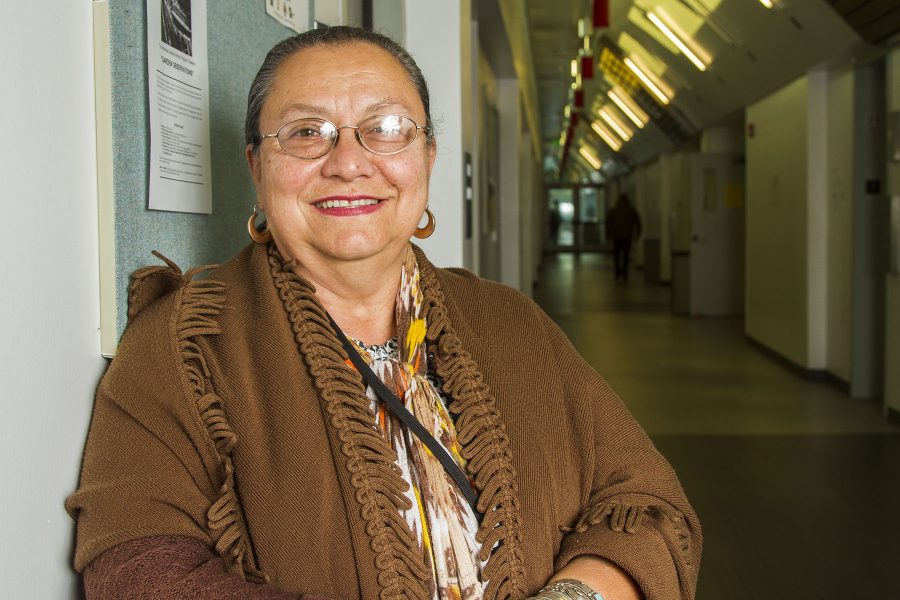Attracting students from all over California and throughout the country, the Health Information Technology and Cancer Information Management online programs thrive to help students succeed.
Although there may be misconceptions of online coursework, alumni of the HIT and CIM programs have said they have worked well for them.
“I enjoyed the flexibility of an all online program. It worked well because I was able to schedule everything around my coursework,” said Joyce Sakai, a former student who completed the HIT program in 2011. “It really saved time that I didn’t have to commute to classes.
Sakai, currently makes $93,000 working in the field in Los Angeles.
The HIT and CIM programs at City College are offered completely online and 95 percent of the students in the programs live throughout California. A small percentage are local to Santa Barbara.
The programs are offered online because there are not enough students in the Santa Barbara area to sustain them.
Students who have completed a program must take the Registered Health Information Technology national exam in order to get a credential. The pass rate for students in the program at City College was 97 percent for the last school year. The national average sits at a pass rate of 72 percent.
“One of the advantages of our program being online is that we can hire the best instructors in the country. That’s why we have such great results,” said Janet Robertson, HIT instructor who lives in Torrance, Calif. “I think that’s important because it’s really made a difference for our program.”
Students in the CIM programs typically get jobs in hospital settings. Specific duties include identifying cancer cases, performing cancer patient follow-up activities to identify spread of disease and assuring patient privacy.
The HIT program prepares students for working in health care settings to perform computer and technical activities with medical records and information.
Former student of the HIT program, Monte Handley currently lives in Fort Lauderdale, Fla. and works as a project manager in medical coding.
Enrolled in two colleges and getting straight A’s in 24 units a semester, Handley completed the HIT program in May of 2012.
“I had no life but school. I wanted to focus on the program and get through it as fast as I could,” Handley said.
Each year, the American Health Information Management Association nominates a student that has demonstrated extraordinary leadership, volunteerism and talent. The association awarded Handley the Triumph Award in 2012.
San Francisco resident and student Beverly Ku heard about the program after conducting an Internet search for HIT programs in the country.
She completed the CIM program in July 2013 and is currently enrolled in the HIT program working towards her degree and a certificate in coding.
“The online program works particularly well for me because I can pace myself. Many of my instructors post assignments and exams in advance of the due date,” Ku said. “On the practical side, being an online student has helped me save money I would normally spend on bus fare.”
Ku is currently working in the cancer registry field with a salary of $60,000 plus benefits.
The CIM program at City College is one of only seven accredited programs in the country.
Faculty in the programs communicate with students through email, discussion forums, live lectures and web conferences.
“I had students comment on my instructor evaluations that they had more contact with me than their instructors in face-to-face classes at SBCC,” said Department Chair, Denise Harrison who lives in Houston, Texas.
Many students in the online programs care for their children or elderly parents, work full-time and may live in rural areas where there is not an option to receive a of degree or certificate.
“The fact that they can sign into class at any time of the day or night to complete their coursework is very important to them,” said HIT Instructor Robertson. “As long as they have the right technology at their fingertips, they can go to class anytime, anywhere.”
The Health Information Technology and Cancer Information Management online programs continue to thrive and gain popularity by students across California and some all over the nation.
“Our programs work very hard to make sure there is interaction between the instructor and student in a very timely matter. Communicating with and engaging the students is one of our top priorities,” Harrison said.






